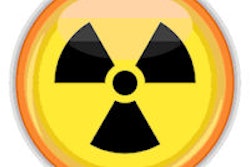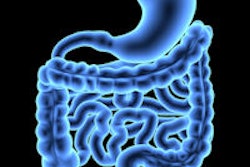A new diagnostic algorithm for children with suspected appendicitis can significantly reduce the use of CT, according to a study in Surgery.
The algorithm reduced CT use in this group of patients by more than half, according to lead author Dr. Stephanie Polites, from the Mayo Clinic in Rochester, MN, and colleagues (Surgery, August 2014, Vol. 156:2, pp. 448-454).
The study included 331 children who underwent an appendectomy for suspected appendicitis after presenting to the emergency department. One group (41%) consisted of patients treated in the two years before the algorithm was implemented, while a second group (59%) was seen in the three years after implementation.
The authors looked at clinical characteristics and outcomes, including the negative appendectomy rate after CT. After implementation, CT utilization dropped from 39% to 18% (p < 0.001), while the negative appendectomy rate rose from 9% to 11% (p = 0.59). However, the use of CT did not affect the risk of a negative appendectomy (p = 0.64).
Implementing the algorithm significantly reduced CT utilization without affecting diagnostic accuracy, and the results support its use for children suspected of having appendicitis, the researchers concluded.




















